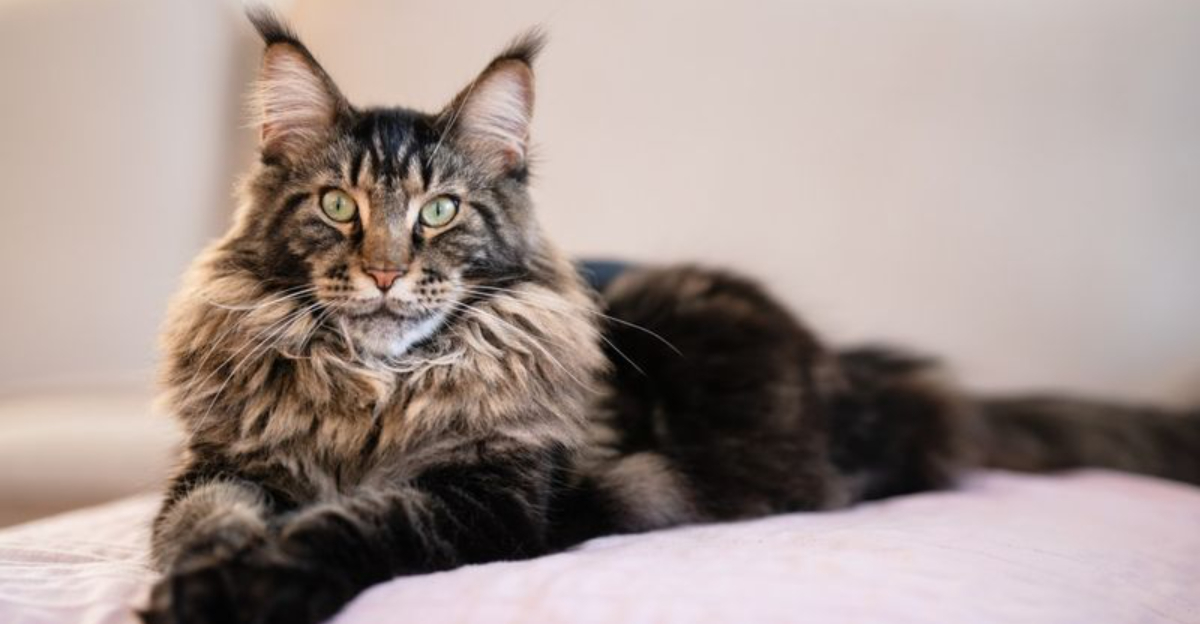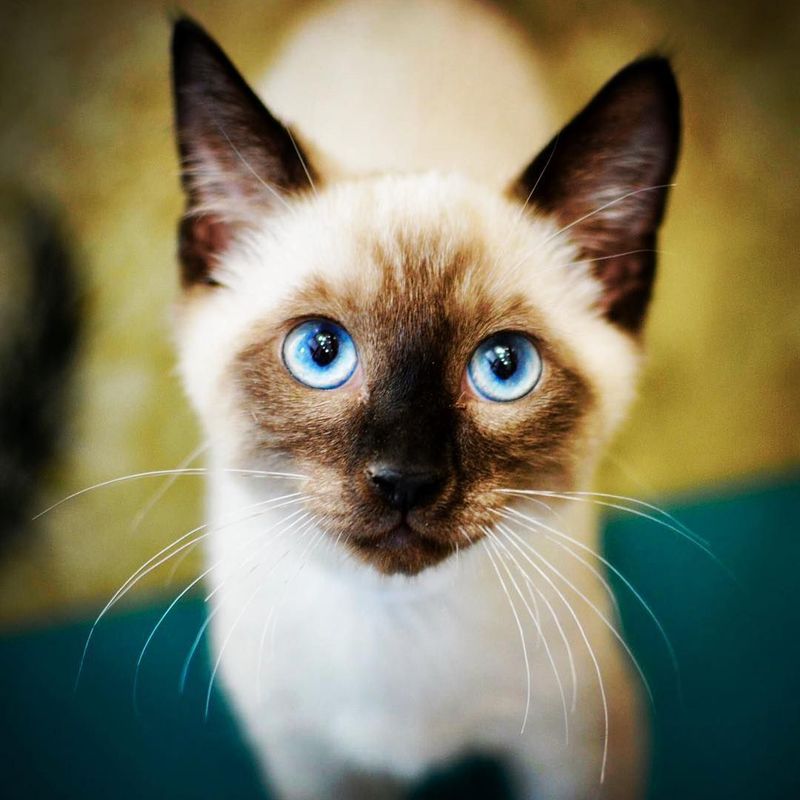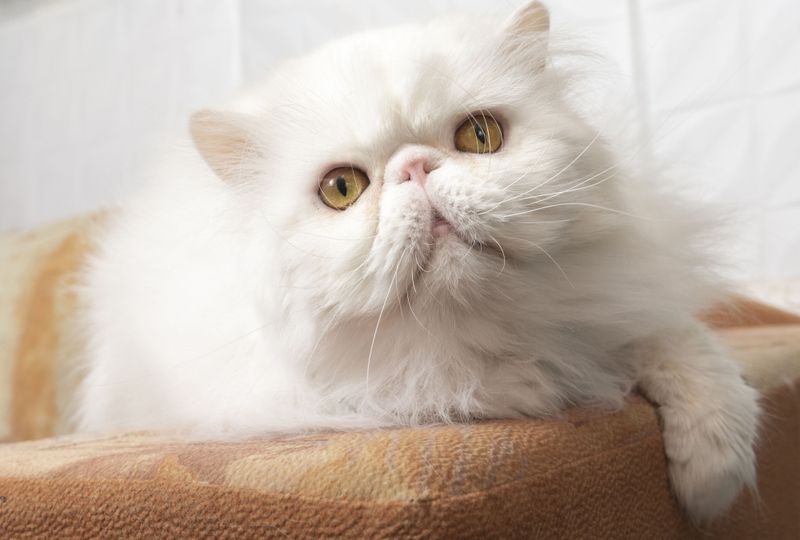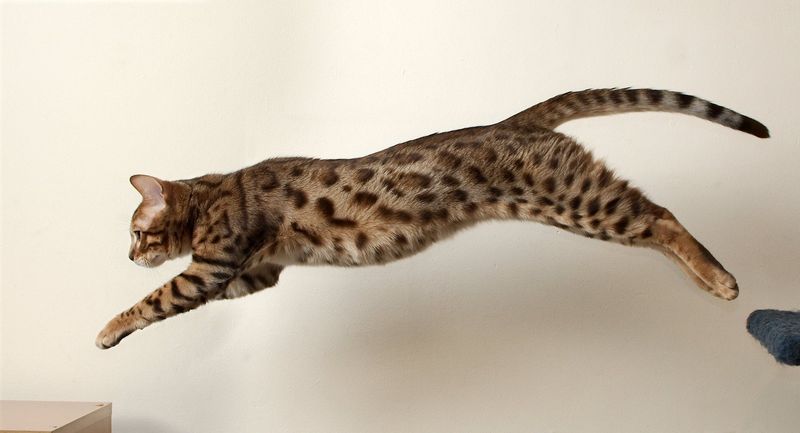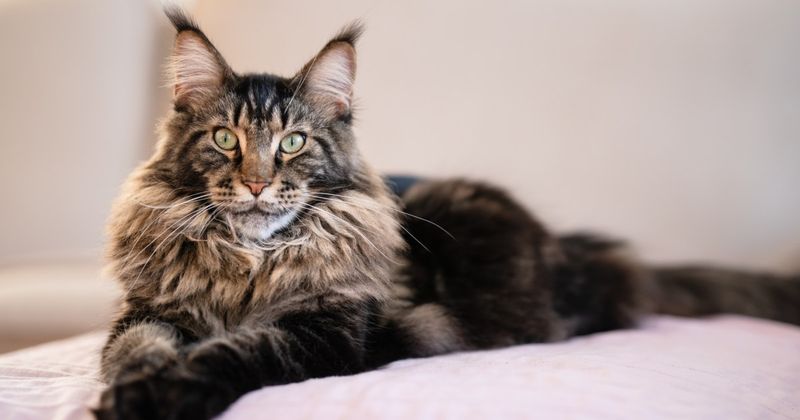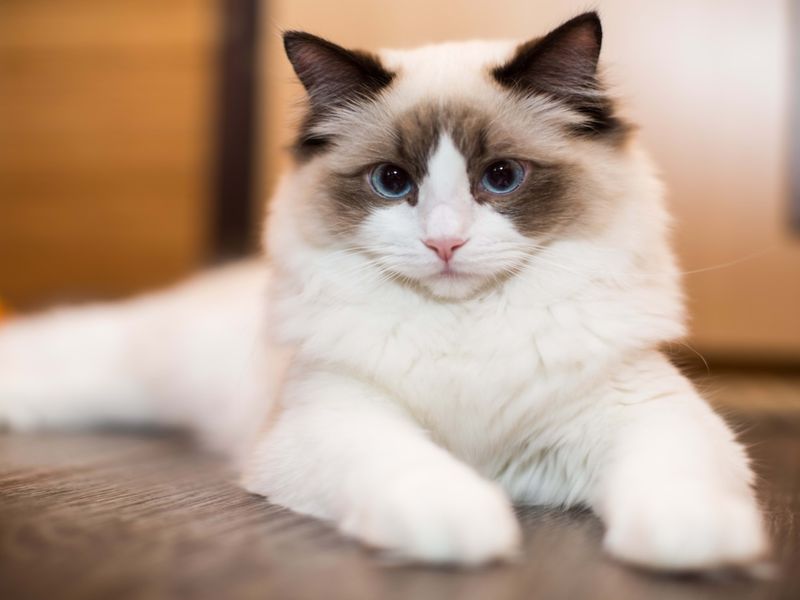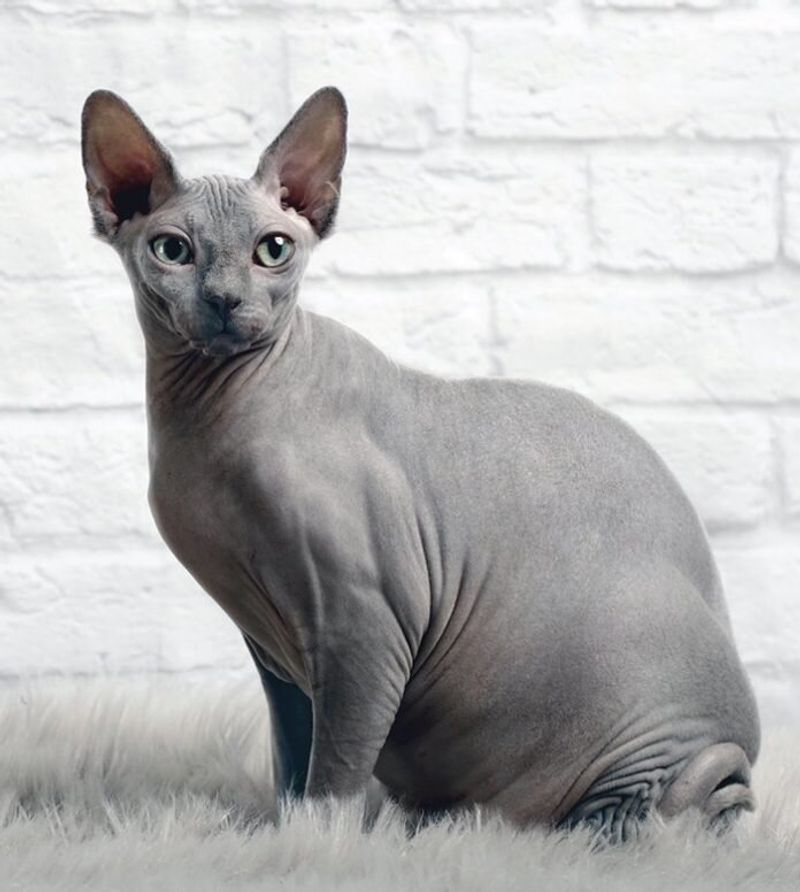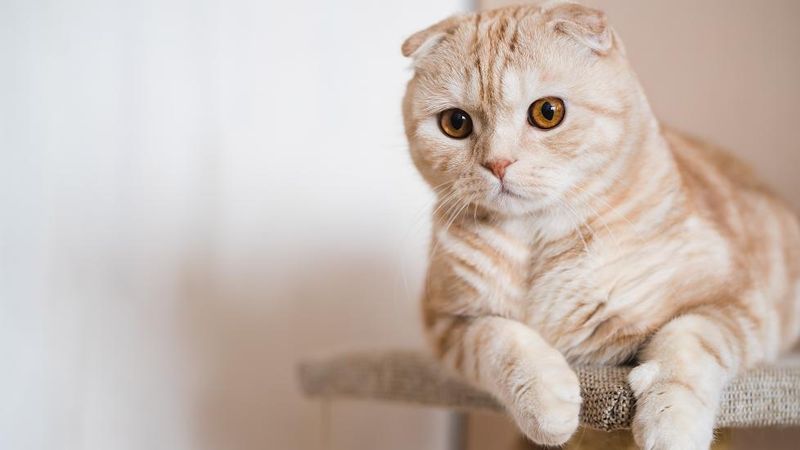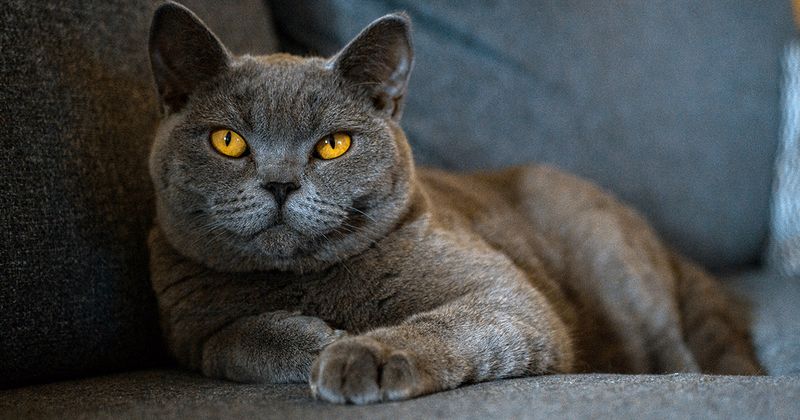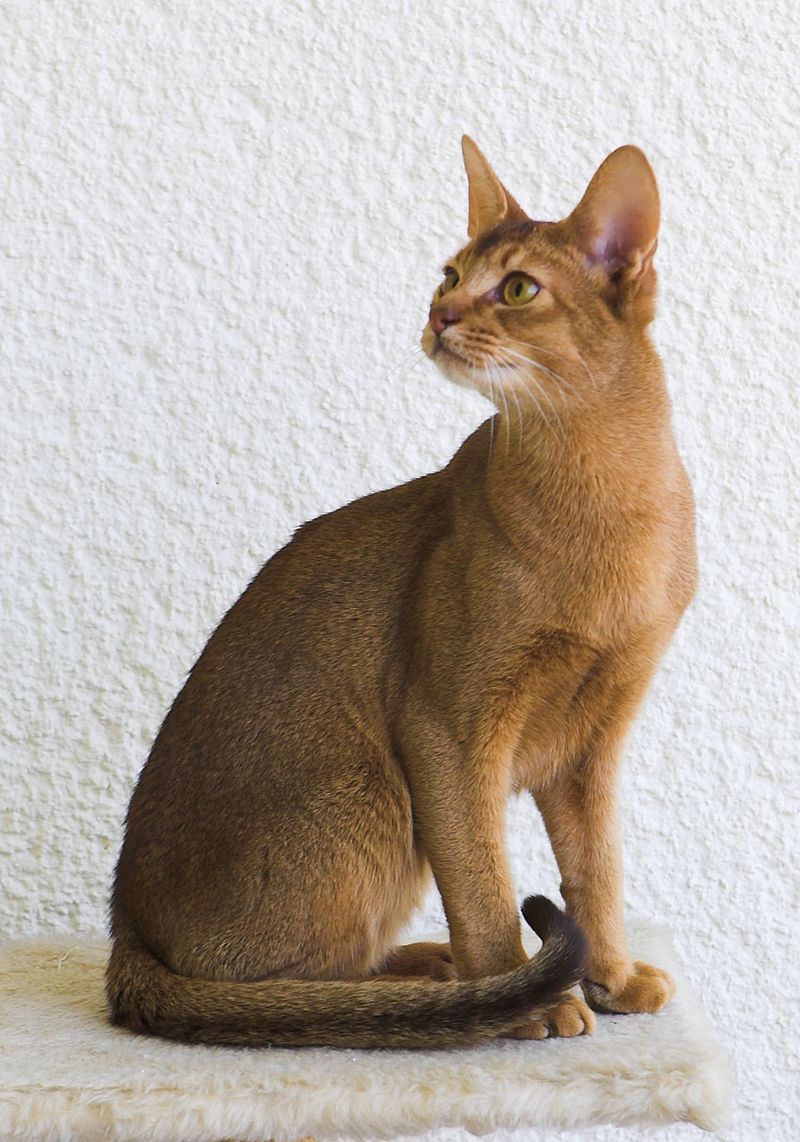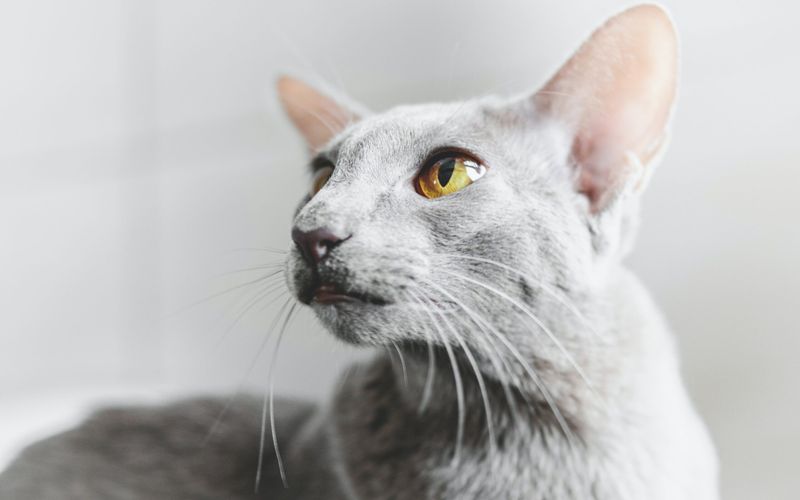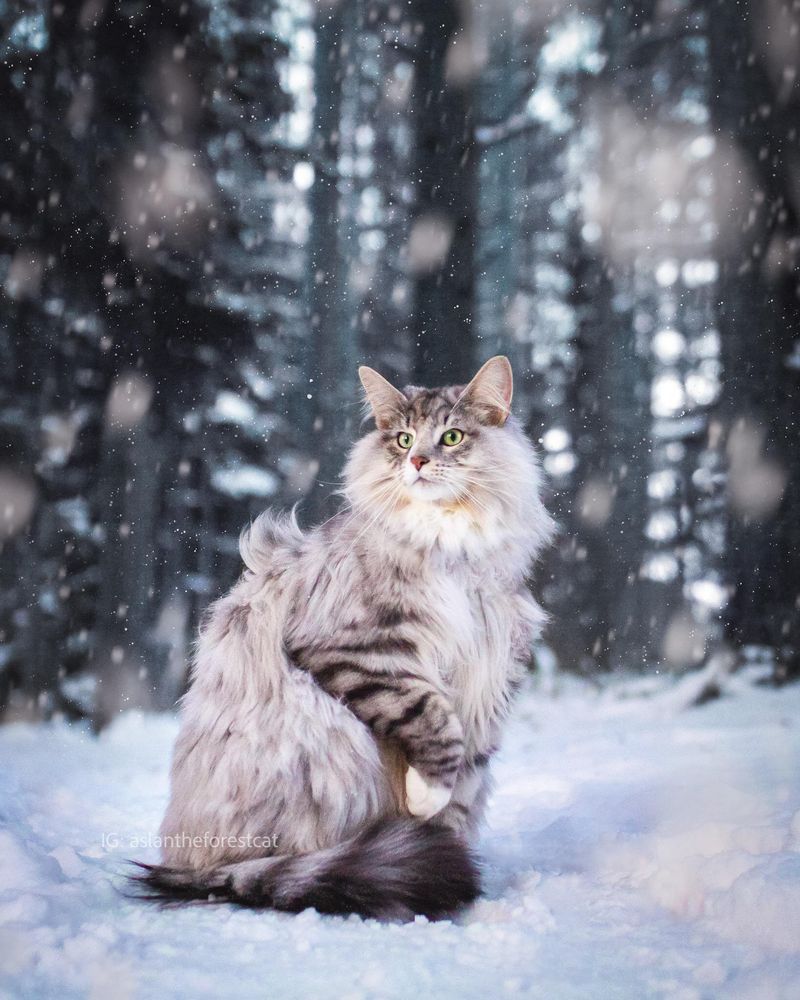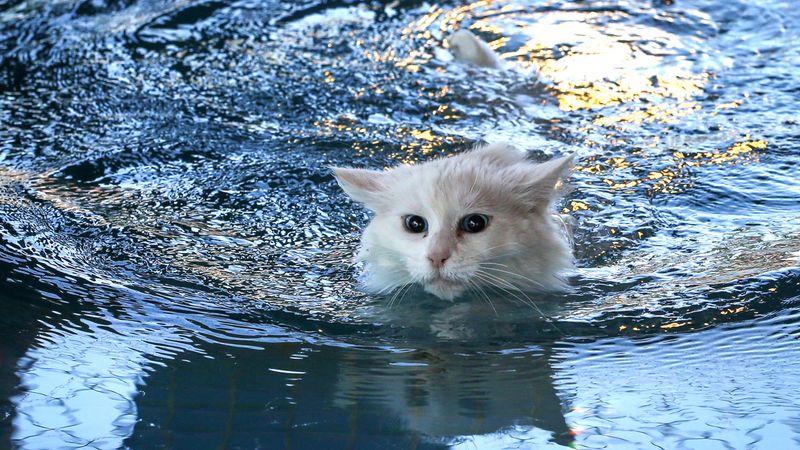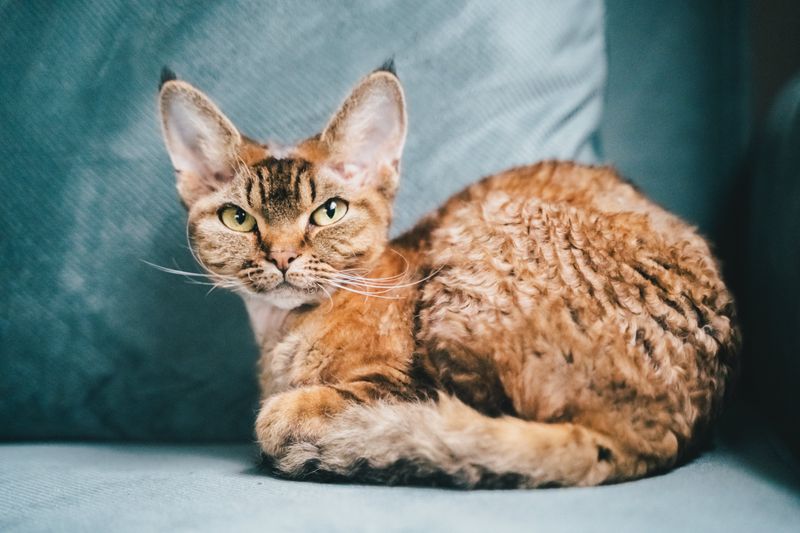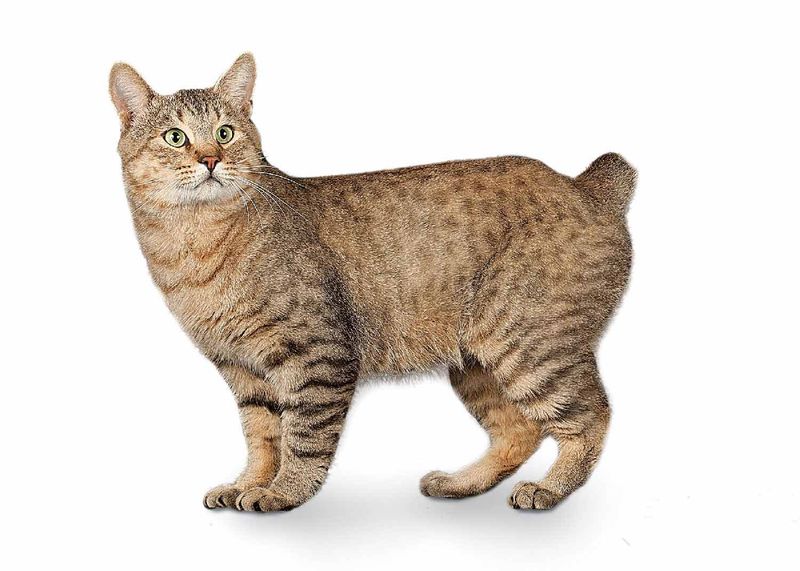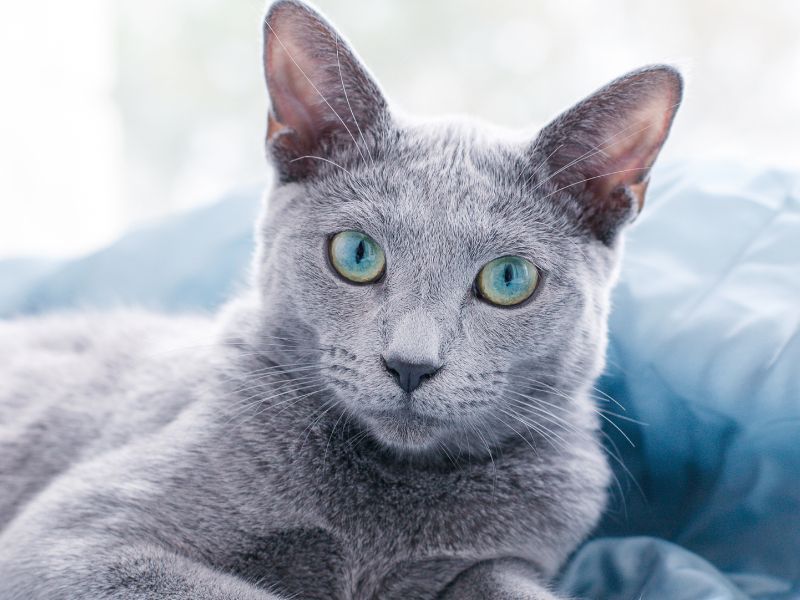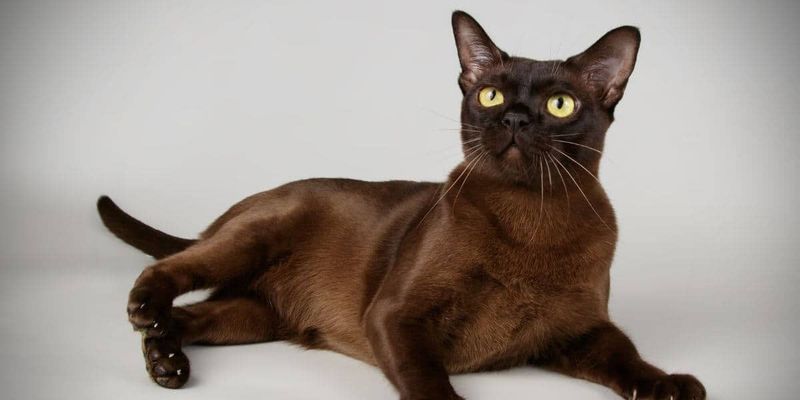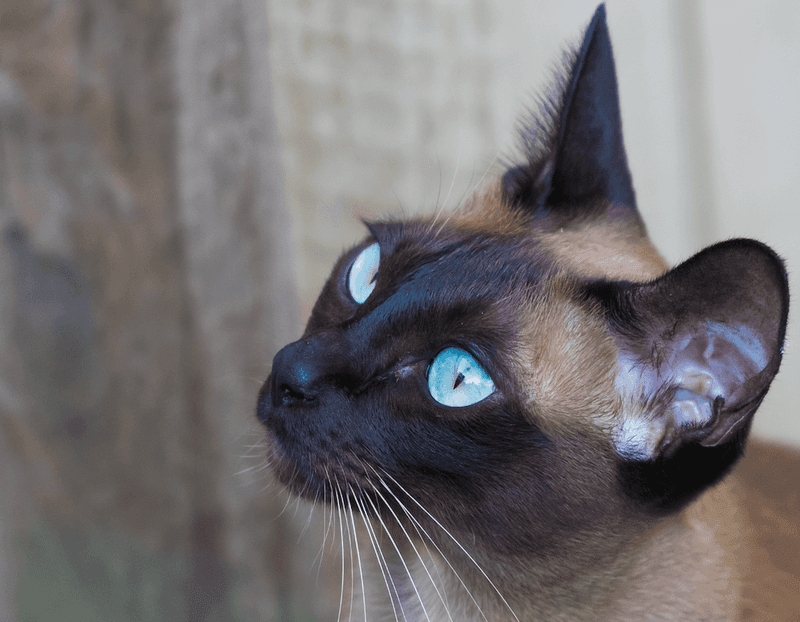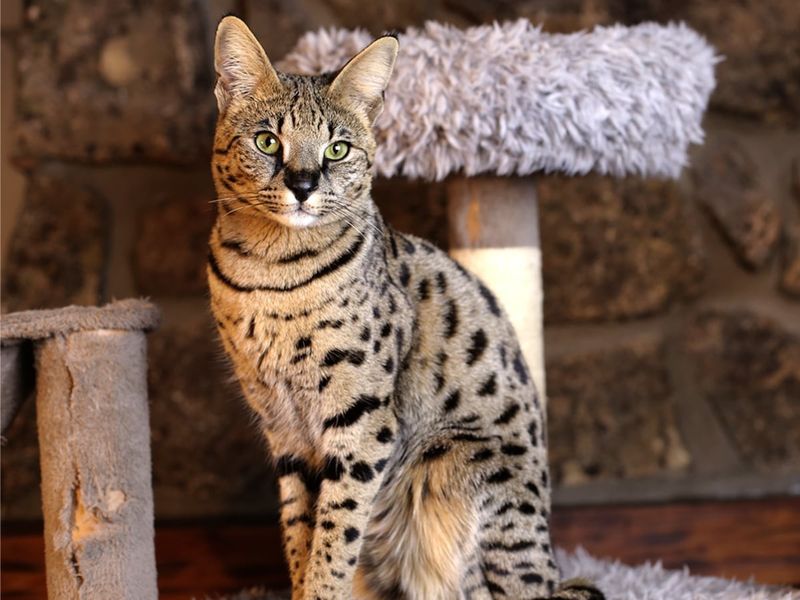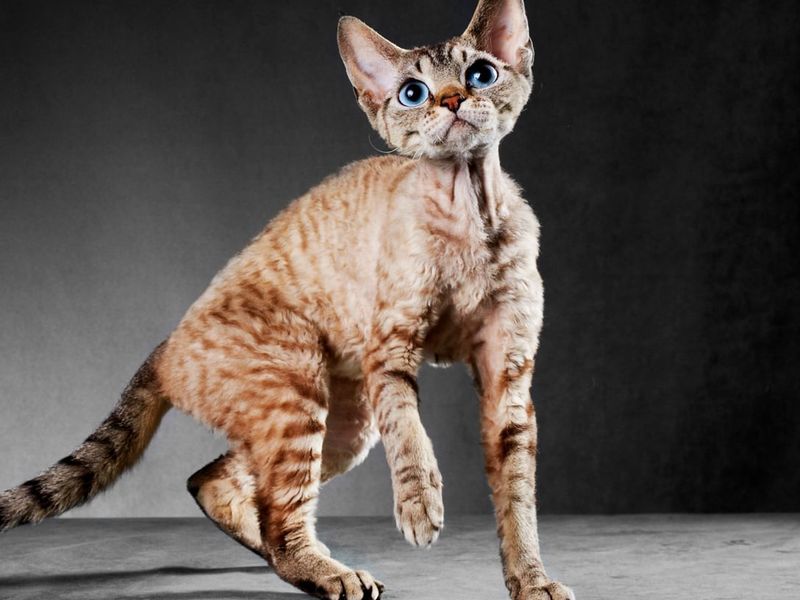📖 Table of Content:
This article explores the complex reasons why certain cat breeds frequently find themselves back in shelters. Despite their unique qualities and charm, these breeds often face challenges that lead to them being returned. Understanding these dynamics can help potential pet owners make informed decisions that benefit both the cats and their future families.
1. Siamese
Siamese cats are known for their striking blue eyes and sleek bodies, but their vocal and demanding nature can surprise new owners. Often, people underestimate their need for interaction, leading to unexpected challenges.
Despite their beauty, their persistent communication requires a family that appreciates and can handle their constant chatter. Some may find this endearing, while others may not.
Interestingly, Siamese cats have a history of being in royal courts, adding to their regal demeanor. However, without proper understanding, their social needs might lead them back to shelters.
2. Persian
Persian cats are adored for their luxurious coats and gentle demeanor, often seen as the epitome of feline elegance. However, their high-maintenance grooming needs can overwhelm owners unprepared for regular upkeep.
These charming felines require daily brushing to prevent matting, a task some find tedious. Additionally, their flat faces can lead to breathing issues, demanding extra care.
Persians have long been cherished in art and literature, symbolizing wealth and beauty. Yet, without the right commitment, their care requirements can lead them back to shelters.
3. Bengal
Bengal cats captivate with their wild appearance and energetic nature, resembling miniature leopards. Their playful spirit is both a joy and a challenge for owners.
They thrive on activity and stimulation, often requiring more engagement than anticipated. Without enough play, they can become restless or destructive.
Originating from a cross between domestic cats and Asian leopard cats, Bengals have a unique heritage. Their energy levels are not for everyone, leading some to relinquish them when it becomes too much to handle.
4. Maine Coon
Maine Coons are gentle giants, known for their impressive size and friendly nature. Their sociability makes them popular, yet their size can be overwhelming for unprepared owners.
These cats require space and regular grooming, given their thick, water-repellent fur. The commitment can be unexpected, especially in smaller living environments.
Hailing from the cold climates of North America, they are well-adapted but need appropriate care. Those unable to meet their needs may feel compelled to return them, despite their affectionate personalities.
5. Ragdoll
Ragdolls are known for their relaxed, docile nature and striking blue eyes, often described as the “puppy cats” of the feline world. They easily become accustomed to being handled but can suffer if left alone too often.
Their need for companionship is paramount, and loneliness can lead to stress and behavioral issues. Potential owners should be ready to offer plenty of attention.
Ragdolls’ origins in California contribute to their laid-back demeanor, but without sufficient interaction, they may find themselves returned to shelters.
6. Sphynx
The Sphynx cat, with its distinctive hairless appearance, is both eye-catching and controversial. Known for their extroverted and affectionate nature, they demand attention and warmth.
Their lack of fur means they seek extra warmth, often cuddling close to their owners. However, this also requires regular skin care, which can surprise the unprepared.
Despite their unusual look, Sphynx cats are playful and loving, originating in Canada. Their unique needs might not suit everyone, leading to returns.
7. Scottish Fold
Scottish Folds are adored for their unique ear shape and sweet expressions. They often draw people in with their charming appearance but require special attention due to potential joint issues.
Their ears, folded due to a genetic mutation, necessitate regular check-ups and care. Owners should be aware of these needs before bringing one home.
Originating from Scotland, these cats have a storied past, but without proper understanding of their care requirements, they may end up back in shelters.
8. British Shorthair
British Shorthairs are known for their round faces and dense, plush coats. Their calm demeanor can be appealing, yet some may find them less interactive than desired.
Owners expecting a playful, high-energy cat might be surprised by their more reserved nature. This mismatch can lead to dissatisfaction.
With roots in Britain, these cats have a history of companionship and hunting. However, without alignment of expectations, they might be returned by those seeking more engagement.
9. Abyssinian
Abyssinians are sleek and agile, known for their inquisitive nature and playful energy. They thrive in environments where they can explore and interact.
Their need for engagement makes them ideal for active households, but those unprepared for their energy might struggle. Without enough stimulation, Abyssinians can become bored and destructive.
Originating from ancient times, they are one of the oldest cat breeds. This history adds to their allure, but potential owners should be ready for their interactive needs to prevent returns.
10. Oriental Shorthair
Oriental Shorthairs captivate with their sleek bodies and large ears, exuding elegance and intelligence. They are vocal and social, often forming strong bonds with their owners.
Their need for interaction and attention can be overwhelming for some, leading to unexpected challenges. These cats thrive in homes where they receive ample love and engagement.
Their roots in the Siamese breed contribute to their communicative nature. Without adequate attention, they may be returned by those unprepared for their demanding personalities.
11. Norwegian Forest Cat
Norwegian Forest Cats are known for their robust build and luxurious coats, well-suited for colder climates. Their independent yet friendly demeanor can be both a blessing and a challenge.
These cats require regular grooming due to their dense fur, which some may find burdensome. Their need for space can also be an issue in smaller homes.
With roots in Viking lore, they are fascinating creatures, yet potential owners must be prepared for their care requirements to avoid returns.
12. Turkish Van
Turkish Vans are distinctive for their love of water, often surprising owners with their playful aquatic antics. Their unique personality requires a household ready for their active lifestyle.
These cats have a strong will and enjoy engaging activities, which can be overwhelming for some. Without enough stimulation, they can become restless.
Originating from the Lake Van region, they have a rich history and are known as the “swimming cats.” Owners must be ready for their quirks to prevent returns.
13. Devon Rex
Devon Rex cats are known for their pixie-like appearance and playful personalities. Their unique, curly coats require minimal grooming but their active nature demands attention.
These cats thrive in interactive environments, often seeking out high perches and engaging games. Their mischievous behavior can be endearing yet challenging.
With origins in England, Devon Rexes are fascinating companions, but without adequate stimulation, they might find themselves back in shelters due to their energetic needs.
14. American Bobtail
The American Bobtail is a breed full of personality, easily recognizable by their distinctive short tail. Known for their playful and adaptable nature, they can fit into various environments.
However, their need for stimulation and companionship is crucial. Without it, they may resort to undesirable behaviors.
Their appearance and demeanor often reflect their wild ancestors, making them intriguing pets. Still, owners must be prepared for their engagement needs to avoid returns.
15. Russian Blue
Russian Blue cats are known for their striking silver-blue coats and mesmerizing green eyes. Their reserved yet affectionate nature makes them unique companions.
While they form strong bonds, they can be shy with strangers, requiring a gentle approach. Owners expecting an outgoing cat might be surprised by their more introverted demeanor.
With origins in Russia, they have long been admired for their beauty and grace. Potential owners should be prepared for their distinct personality to avoid any mismatches.
16. Burmese
Burmese cats are affectionate and people-oriented, often delighting with their playful antics and close bonds with families. Their sociability can be a double-edged sword, as they dislike being left alone.
These cats thrive on interaction and can become anxious without regular engagement. Owners should be ready to dedicate time to meet their social needs.
Originating from Myanmar, Burmese cats have a rich history of companionship, but without the right environment, they may end up returned to shelters.
17. Tonkinese
Tonkinese cats are a delightful blend of the Burmese and Siamese breeds, known for their enchanting aqua eyes and lively personalities. They are curious and social, thriving in interactive households.
Their need for companionship and play can be demanding, making them a challenge for those unprepared for their energy.
With a heritage that reflects both parent breeds, they offer unique companionship. However, without enough interaction, their lively nature might lead to behavioral issues and returns.
18. Savannah
Savannah cats, with their exotic spotted coats, are a remarkable blend of domestic and wild serval lineage. Their striking appearance and high energy levels make them captivating yet challenging pets.
These cats require ample space and stimulation, often more than typical domestic environments can provide. Owners must be ready for their adventurous spirit.
Their wild ancestry is evident in their behavior, and without proper engagement, they may become too much for some, leading to returns.
19. Cornish Rex
Cornish Rex cats are known for their distinctive curly coats and playful demeanor. Their lively nature requires engaging play and interaction to keep them content.
These cats love to be the center of attention, often following their owners around the house. Their curiosity and energy need to be matched by active families.
With roots in Cornwall, England, Cornish Rexes have a unique appearance and history. Without the right environment and stimulation, they might find themselves back in shelters.
